Top 10 interesting facts about elephants

Elephants are found in Asia and Africa. They have an interesting organ - a trunk. At the end of it are nostrils, which serve as the elephant's sense of smell. Using its trunk, it collects small objects from the ground or plucks fruits hanging high on trees.
If an elephant wants to drink, it fills water into its trunk and then pours it into its mouth. When it gets particularly hot, it takes a shower by spraying water on its body from its trunk. Elephants love to take mud baths. This helps them protect themselves from annoying parasites. They cover themselves with liquid mud, and the dried crust protects them from insects.
Elephants can swim and love water. They often gather around water bodies, take a bath there, or swim across them, raising their trunks above the water surface. You can write books about these animals.
If you are interested in the peculiarities of their life, read 10 interesting facts about elephants, and you will probably learn something new for yourself.
Here are the 10 interesting facts about elephants
1. The average length of tusks is gradually decreasing
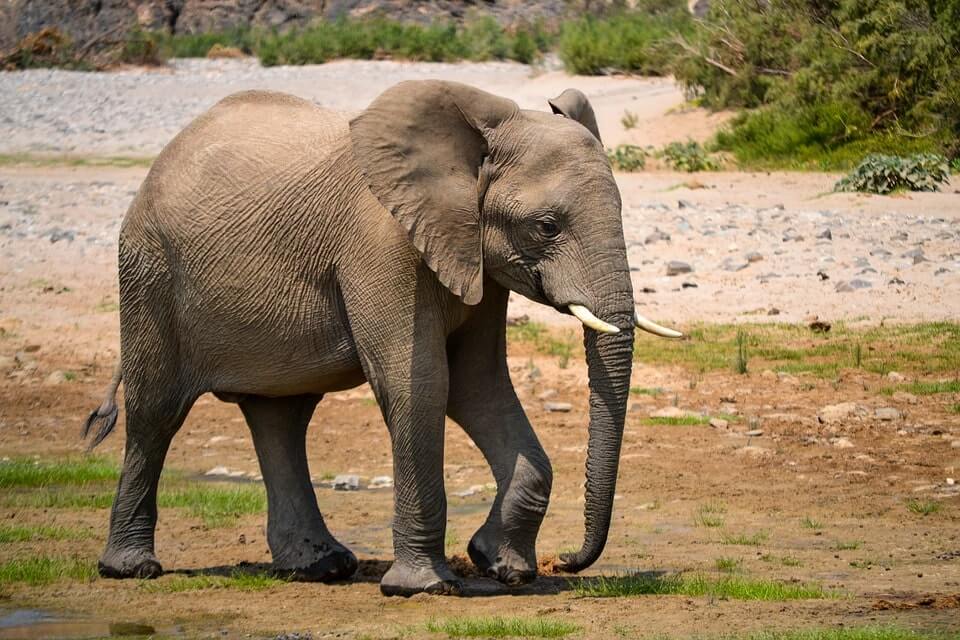
Many elephants have tusks, which they need for digging, carrying large objects, and for mating games. At first, these are milk tusks, then they are replaced by real ones.
In males, they can grow up to eighteen centimeters per year. It is often for the sake of these elephant tusks that poachers kill them. They choose animals with the biggest "fangs", and the individuals with smaller sizes remain.
The length of the tusks is a genetically inherited trait, so the number of elephants with huge tusks decreases, and the average size of these "fangs" becomes smaller.
2. Throughout life, teeth change 6 times
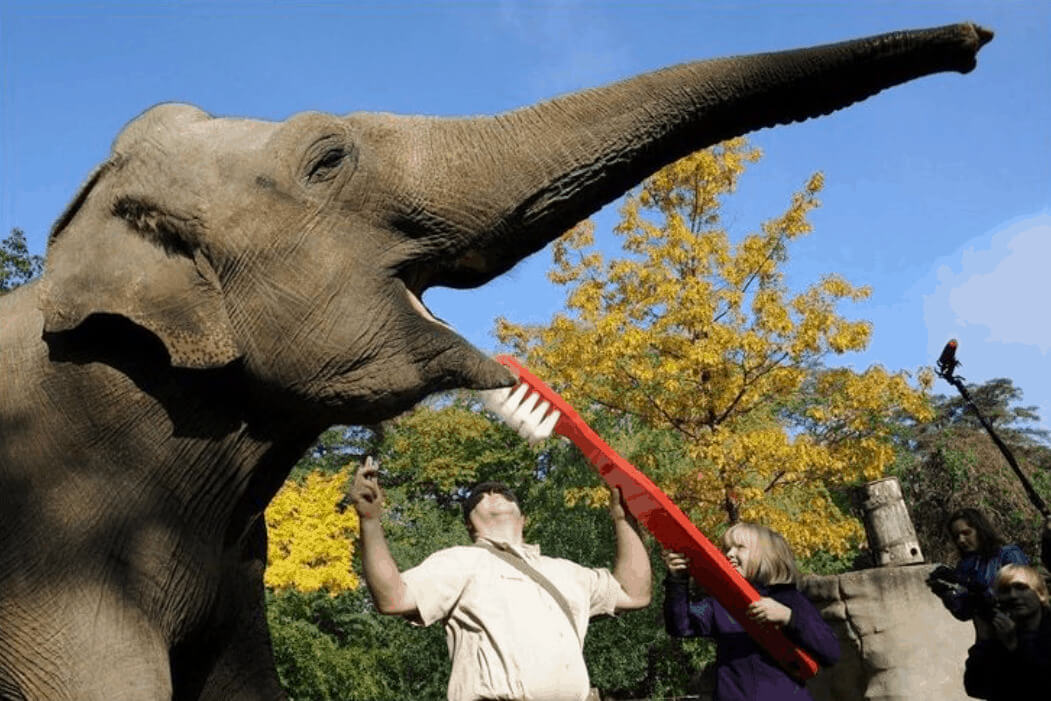
The elephant requires a huge amount of food. They need from one hundred to three hundred liters of water per day and no less than 45-450 kilograms of food. Because of such a huge appetite, the teeth of these animals wear out significantly. But nature has taken care of them, and their teeth are replaced six to seven times.
New teeth appear in the back of the mouth, which gradually move forward, replacing the old and worn out ones. If all their teeth are lost, a herd helps them to feed themselves. But solitary elephants die in such a situation.
3. They don't have sebaceous glands
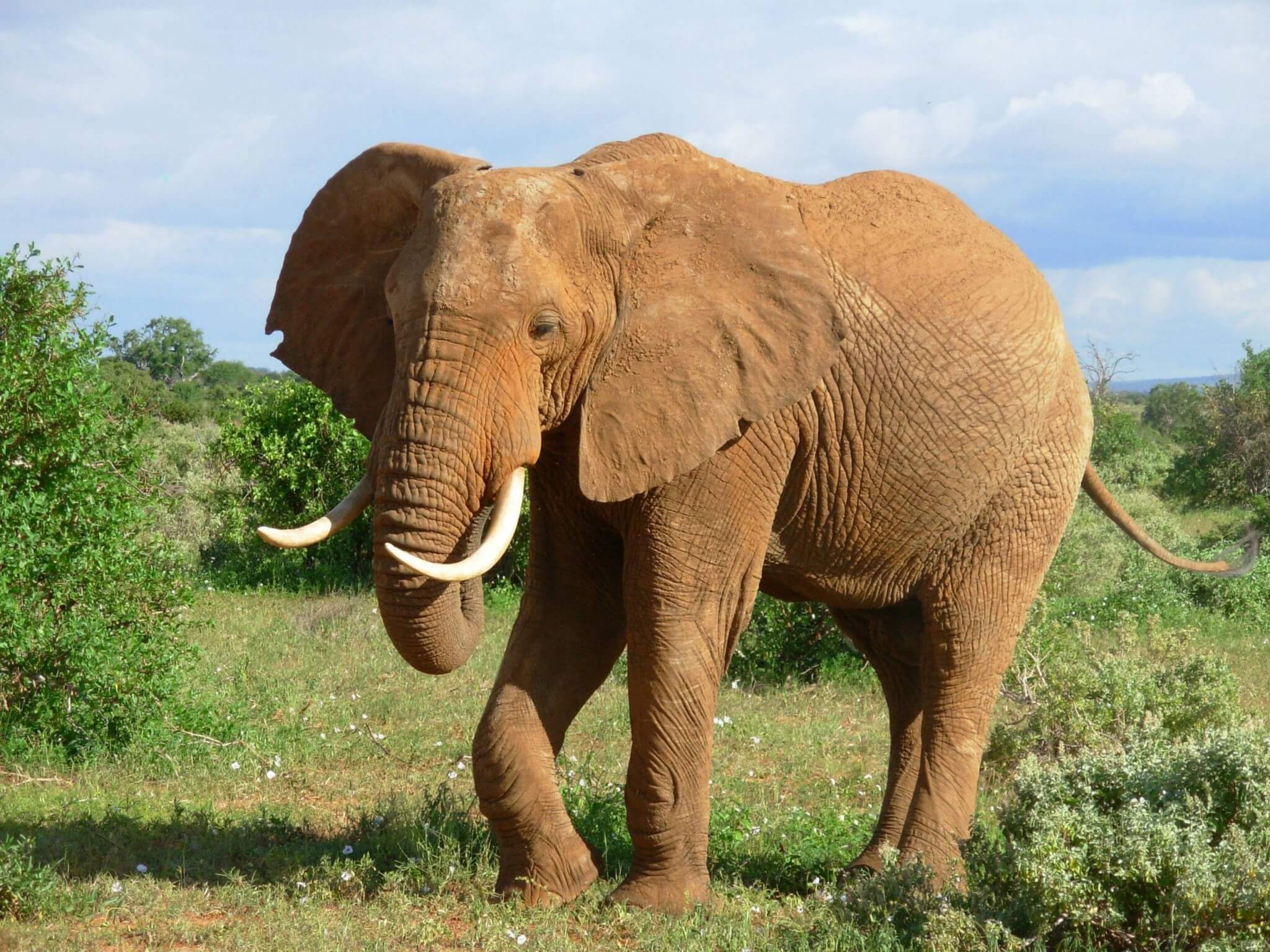
Elephants cannot sweat because they do not have sweat glands. To cool off in hot weather, they take mud baths. Their huge ears also help them. They have a network of blood vessels on them that can expand in unbearable heat and lose heat.
4. Great swimmers
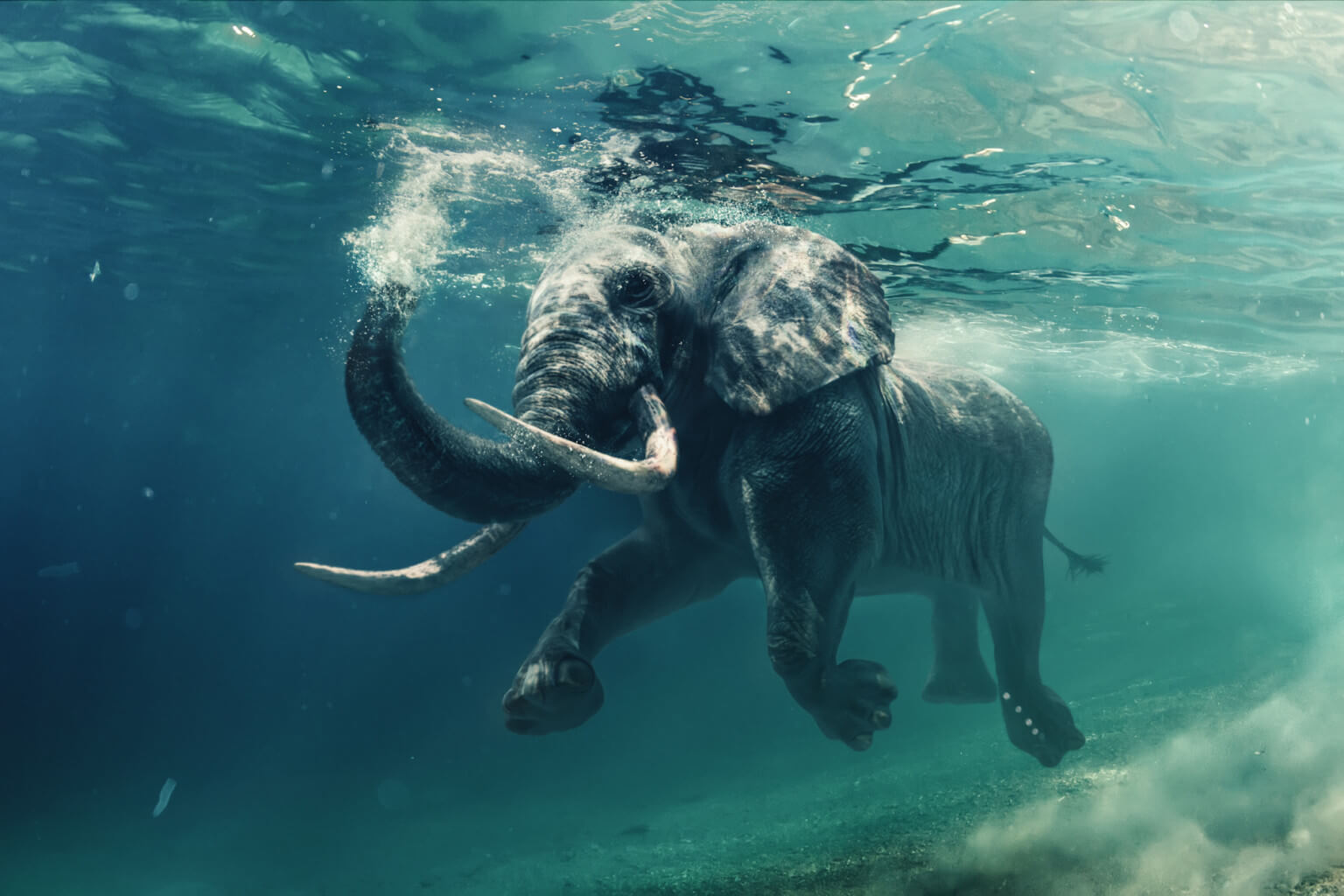
Despite their enormous size, elephants are excellent swimmers. When an elephant crosses a body of water, its entire body, including its mouth, is fully submerged, and it uses its trunk to breathe, which it raises above the water. With all four powerful legs, it paddles underwater.
They can travel up to 48 km in the water, taking about six hours to do so. If an elephant gets tired of paddling, it can take a break and rest in the water. Scientists are confident that elephants once swam to Sri Lanka, covering a distance of 150 km and resting on sandbars along the way.
5. Prefer to sleep standing up
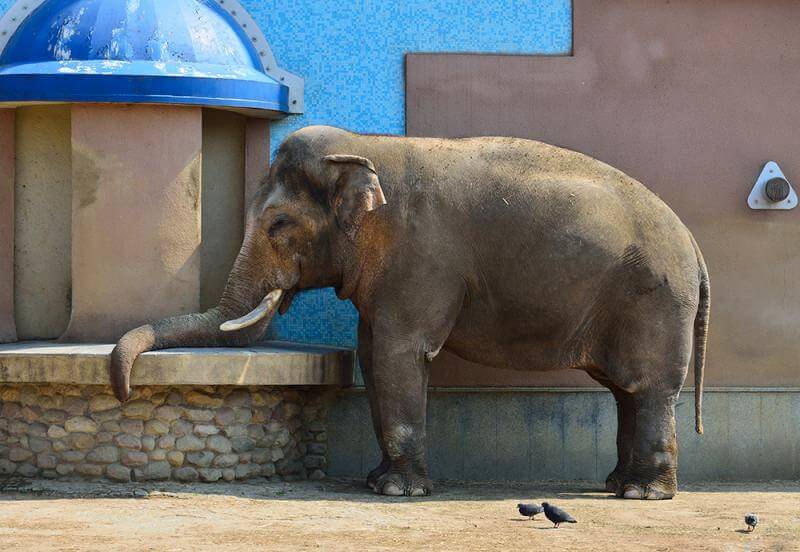
Elephants in the wild need four times less sleep than humans. They don't like being watched by humans in the wild and prefer not to sleep when there are people around.
However, scientists have managed to find out how these animals sleep. In nature, they sleep for about 2 hours, mostly standing up. But every 3-4 days, they can lie down on the ground, but they don't stay in that position for more than an hour. Researchers are confident that in this position, they can enter the rapid eye movement (REM) sleep phase, and it is only during this period that elephants are capable of dreaming.
They can only fall asleep in silence and peace. If people are making noise nearby or there might be predators, the herd can travel up to 30 km, foregoing sleep.
They sleep early in the morning, before the sun rises. They gather together and doze off, leaning against each other. If it's an old elephant with big tusks, it puts them on a tree.
6. African elephants are the largest land mammals
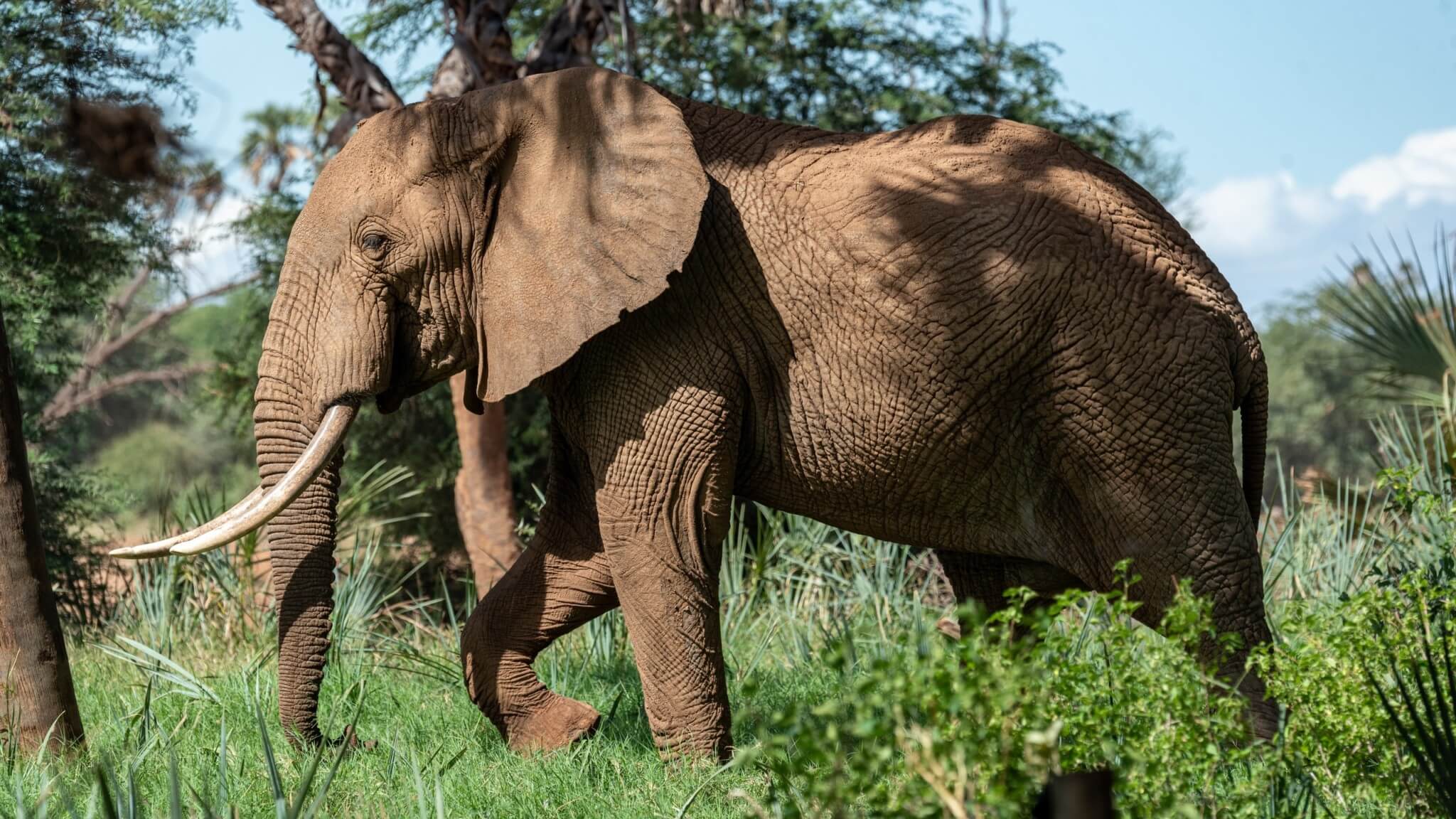
There are two types of African elephants: savannah and forest. Currently, there are about 500-600 thousand of these elephant species left, with a quarter of them being forest elephants. They grow up to 3-3.5 meters tall and weigh 5 tons.
The biggest elephant is called Yosha, and he lives in the Safari Park in Israel, specifically in the city of Ramat Gan. He measures 3 meters and 75 centimeters.
7. Out of 40 existing species, only 3 remain
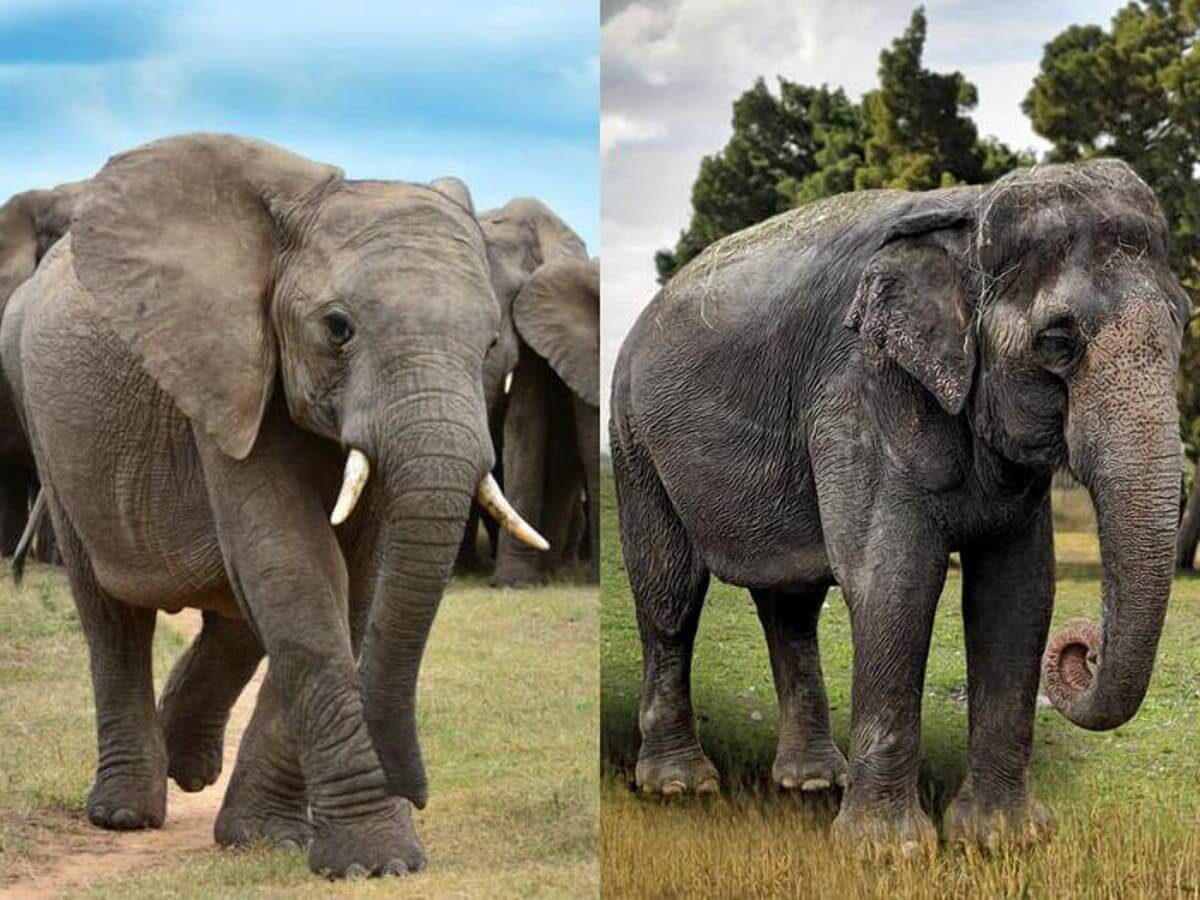
There used to be about 40 species of elephants, but now there are only 3 (previously 2) species in the elephant family. The extinct species include mammoths, dwarf elephants, and dinotheres. They could be found until the end of the last ice age, which was twelve thousand five hundred years ago.
Three species have survived to this day: the savanna African elephant, the African forest elephant, and the Asian elephant.
8. In the trunk, up to eight liters of water can fit
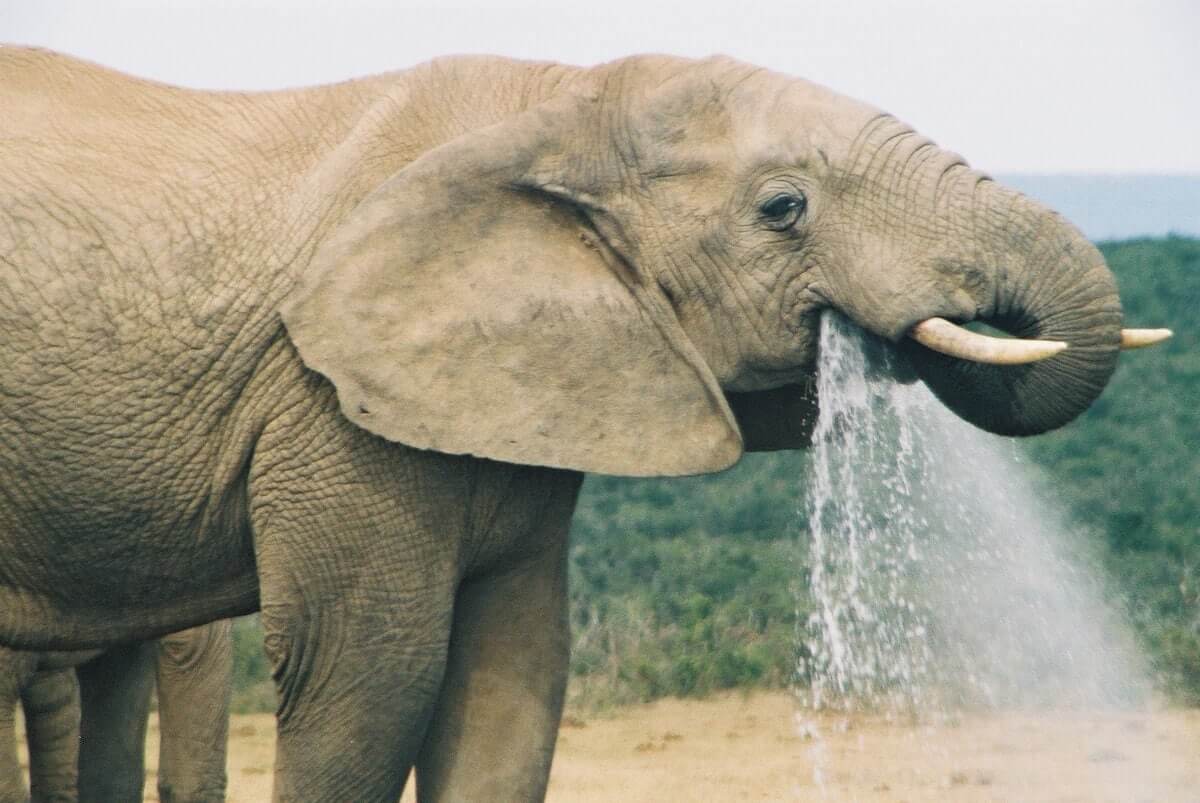
The elephant's trunk is a special organ formed from the upper lip, which is firmly fused with the nose. It has no bones, but it contains up to 500 muscles. It is divided into two channels, similar to nostrils, and at the end, there is one or two appendages. They are very sensitive, and with their help, the elephant can grab and lift something.
The trunk is an organ of smell and touch. With it, elephants obtain food, communicate, express their feelings and emotions, and shower themselves during bathing.
With it, the elephant drinks water. It first sucks it in and then pours it into its mouth. Inside its trunk, it can hold up to 8 liters of liquid. And this animal needs at least 150 liters of water per day.
9. Inherent self-awareness
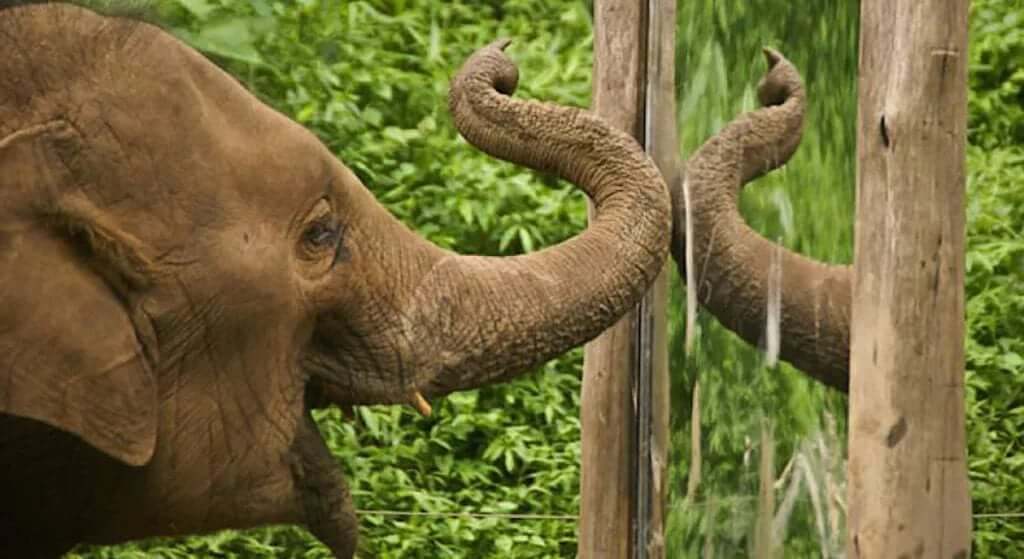
For a long time, people believed that animals didn't have self-awareness. But zoologists tried a mirror test. Those who look at themselves in the mirror react to their reflection as if it's another individual, or even themselves. If they recognize themselves, it proves the presence of self-awareness.
Scientists discovered that elephants have self-awareness. There were other experiments that were able to confirm this. Researchers from Cambridge conducted such an experiment. The elephant was supposed to give a stick by lifting it from a mat, but it was tied to the mat with ropes.
The animal would stand on the mat and try to pass the stick to the human, but it couldn't succeed. However, if it stepped off the mat, it would be able to complete the task. And the elephants would step off the mat, thus showing that they could perceive their own bodies.
10. Don't live in solitude, only in herds
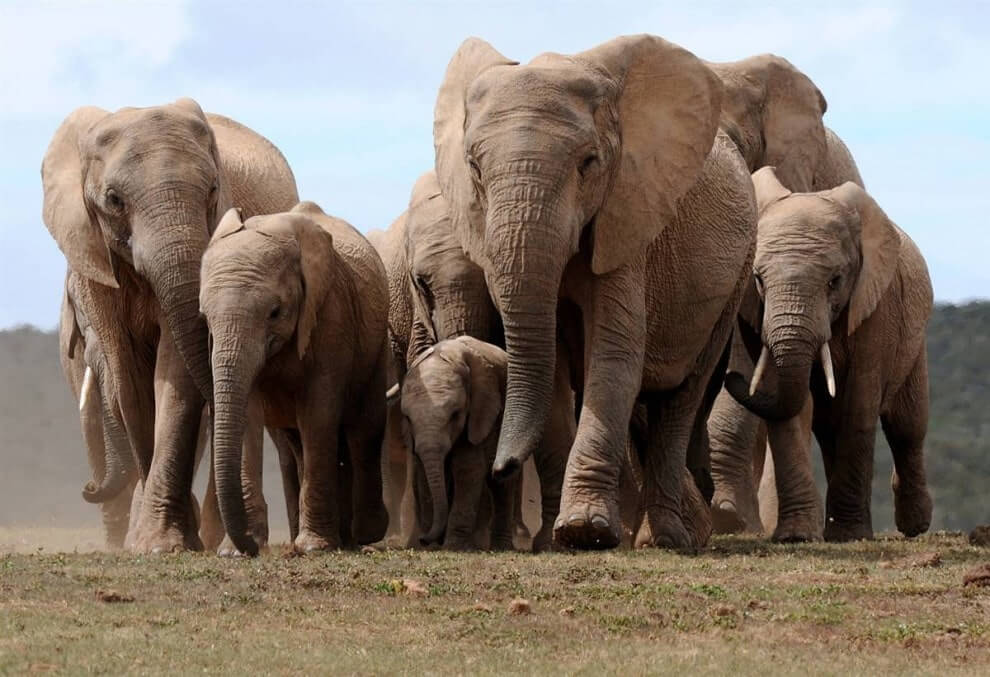
Elephants prefer to live in small herds, consisting of up to ten to fifteen individuals. They are the most cohesive society when it comes to animals. They all take care of the calves together and constantly look out for each other. If any of the elephants is injured and unable to move, the other elephants can bring them food and water.
These animals have their own burial ritual. When a member of the herd falls ill, they provide support, help them stand if needed, and feed and water them. If they still die, the entire herd falls silent. The elephants dig a small grave and cover the deceased with branches and dirt. They stay near the grave for a short time and then move on to another place.
Elephants communicate using sounds and stomping their feet. People often can't perceive these sounds as they are low. The most respected female becomes the leader of the herd. The young ones live with their herd for about 12-14 years, and then they can either stay or start their own family.
Females never leave the herd unless they are captured by humans. As for the males, as they grow up, they first live in small groups of males, but when they become mature, they prefer to survive alone. An adult male can temporarily join a herd with females if there is at least one ready for mating.





